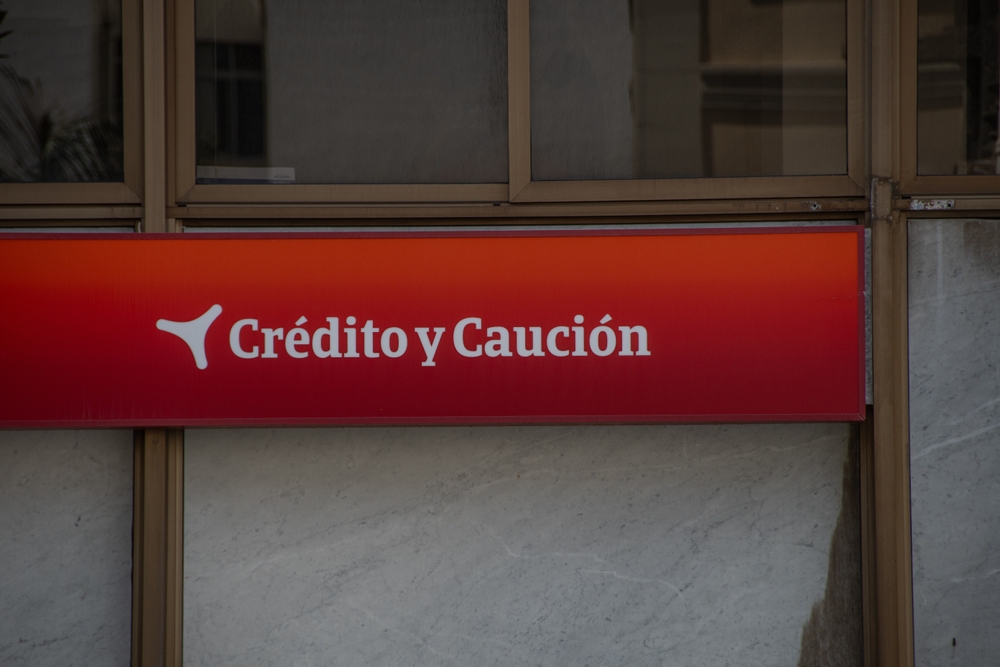Sanctions regimes are complex, dynamic, and more strictly enforced today. This reality has prompted significant operational and legal challenges for the global reinsurance industry. To address these concerns, the Lloyd’s Market Association (LMA) introduced a new model sanctions clause aimed at enhancing sanctions compliance across reinsurance contracts. The clause represents a critical evolution in the tools available to reinsurers and cedents alike, balancing regulatory obligations with contractual clarity and commercial certainty. This essay provides a general explanation of the new model clause and explores the key benefits it provides to reinsurers.
Sanctions are legal restrictions imposed by governments or international bodies such as the United Nations, the United States, or the European Union. They broadly prohibit business transactions with certain countries, entities, or individuals, including restrictions on financial transactions, trade, and insurance or reinsurance services. For reinsurers that generally operate across jurisdictions and whose risks may be spread across global portfolios, compliance with such sanctions is not just a regulatory requirement but also a matter of operational integrity and reputational risk. The industry has relied on generic sanctions clauses that were often vague, inconsistently applied, and open to interpretation. These clauses lacked the specificity needed to deal with complex real-world scenarios, such as where a reinsurer is indirectly exposed to sanctioned risks through layers of underwriting or complex global supply chains. Recognizing these deficiencies, the LMA developed a more sophisticated and standardized model clause, designed specifically for reinsurance contracts.
Overview of the LMA Model Sanctions Clause
The new LMA model clause seeks to bring greater clarity and legal certainty to the way sanctions are addressed in reinsurance agreements. While the clause may vary slightly in wording depending on the version adopted (proportional or non-proportional reinsurance), its core provisions include the following elements:
- Compliance Obligation Trigger: The clause specifies that if performance under the contract would expose a party to the risk of violating sanctions laws or regulations of specified jurisdictions (typically the UK, US, EU, and UN), then that party is excused from performing the relevant obligation.
- Right to Suspend or Terminate: The clause gives reinsurers the right to suspend coverage or terminate the contract if continuing to provide cover would breach sanctions. Importantly, it allows for immediate action without waiting for a judicial determination of breach.
- Application Across the Contract Chain: The clause is carefully worded to extend its protections and limitations to all entities involved in the contract chain, i.e., from reinsured to cedent to retrocessionaire, ensuring alignment across multiple layers of risk transfer.
- Neutral Jurisdiction and Governing Law: To promote broader acceptance, the clause provides flexibility in terms of governing law, but is often drafted with an eye toward English law given its prevalence in reinsurance agreements at Lloyd’s and in the London Market.
- No Obligation to Pay Prohibited Sums: The clause explicitly states that reinsurers are not required to make any payment or provide any benefit if doing so would be prohibited under applicable sanctions law, even if the underlying liability is otherwise covered.
The LMA model clause provides practical, legal, and commercial benefits to reinsurers operating in increasingly sanctions-heavy environments. One of the principal advantages of the clause is its clarity. By explicitly defining the circumstances in which sanctions trigger relief from performance, the clause reduces the scope for ambiguity or dispute. This legal precision ensures that reinsurers can rely on the clause in contentious situations, enhancing the enforceability of their rights under the agreement. Reinsurers routinely accept exposures from numerous territories, many of which may later become subject to sanctions. The LMA clause provides a contractual “escape hatch” when sanctions evolve unexpectedly. This mitigates the risk of unintentionally violating laws such as the U.S. Office of Foreign Assets Control (OFAC) sanctions regime or the EU’s restrictive measures. By allowing reinsurers to suspend or terminate obligations proactively, the clause empowers them to manage risk in real-time, rather than waiting for costly litigation or regulatory enforcement action.
The model clause promotes a consistent approach to sanctions compliance across the market. Reinsurers operating through Lloyd’s or in the London Market often work with multiple cedents, brokers, and retrocessionaires. When each party adopts a similar clause, the result is a harmonized framework that simplifies compliance monitoring and reduces the administrative burden of managing divergent contractual language. This uniformity supports alignment with internal compliance policies and regulatory reporting obligations.
Sanctions violations can lead to significant fines, criminal liability, and reputational damage. By embedding robust sanctions protections in reinsurance contracts, reinsurers demonstrate their commitment to responsible underwriting and regulatory compliance. This helps protect their brand and strengthens relationships with regulators, rating agencies, and other stakeholders. In addition, reinsurers who consistently apply such clauses may gain a competitive edge with compliance-conscious cedents and retro partners.
The LMA clause enhances the portability of risk. When reinsurers cede part of their exposure to retrocessionaires, the presence of a standardized and enforceable sanctions clause helps ensure continuity of protection throughout the chain. Retrocessionaires are more likely to accept business when they know that robust compliance language governs the underlying agreements. This also supports the efficient functioning of reinsurance pools and consortia that require contractual symmetry across participants. This is especially important within the context of geopolitical change. Sanctions are often imposed with little notice in response to rapidly unfolding events such as invasions, regime changes, or terrorism designations. The LMA clause allows reinsurers to act swiftly, without the need for bespoke legal negotiations each time a new regime is sanctioned.
The LMA’s new model sanctions clause is a timely and practical innovation that reflects the increasingly complex compliance landscape faced by the reinsurance sector. By providing legal clarity, operational flexibility, and enforceable protections, the clause enhances reinsurers’ ability to navigate sanctions risks efficiently and responsibly. Since its release, the LMA’s new model sanctions clause has gained traction among Lloyd’s syndicates, London Market reinsurers, and international carriers. While its adoption is not mandatory, many underwriters have begun requiring its inclusion in reinsurance treaties, facultative reinsurance contracts, and binders. The clause is also likely to influence the drafting of primary insurance policies, MGAs, and third-party administrator agreements, where upstream compliance considerations are relevant. As regulators continue to prioritize sanctions enforcement, particularly in light of ongoing conflicts in Eastern Europe, the Middle East, and Asia-Pacific, the importance of such clauses will grow. Reinsurers that fail to incorporate robust sanctions language may find themselves out of step with industry best practices and exposed to significant legal and financial liability. Deployment of the form is a formidable defensive maneuver against regulatory entanglements and also a proactive strategy to safeguard reinsurers’ long-term viability in a global market where compliance, transparency, and risk management are paramount.
~ C. Constantin Poindexter, MA, JD, CPCU, AFSB, ASLI, ARe
References
- Lloyd’s Market Association (2025), lmalloyds.com.
- Commercial Risk Online (2025), commercialriskonline.com.
- Reinsurance News (2025), reinsurancene.ws.
- Browne Jacobson LLP (2024), brownejacobson.com.












































